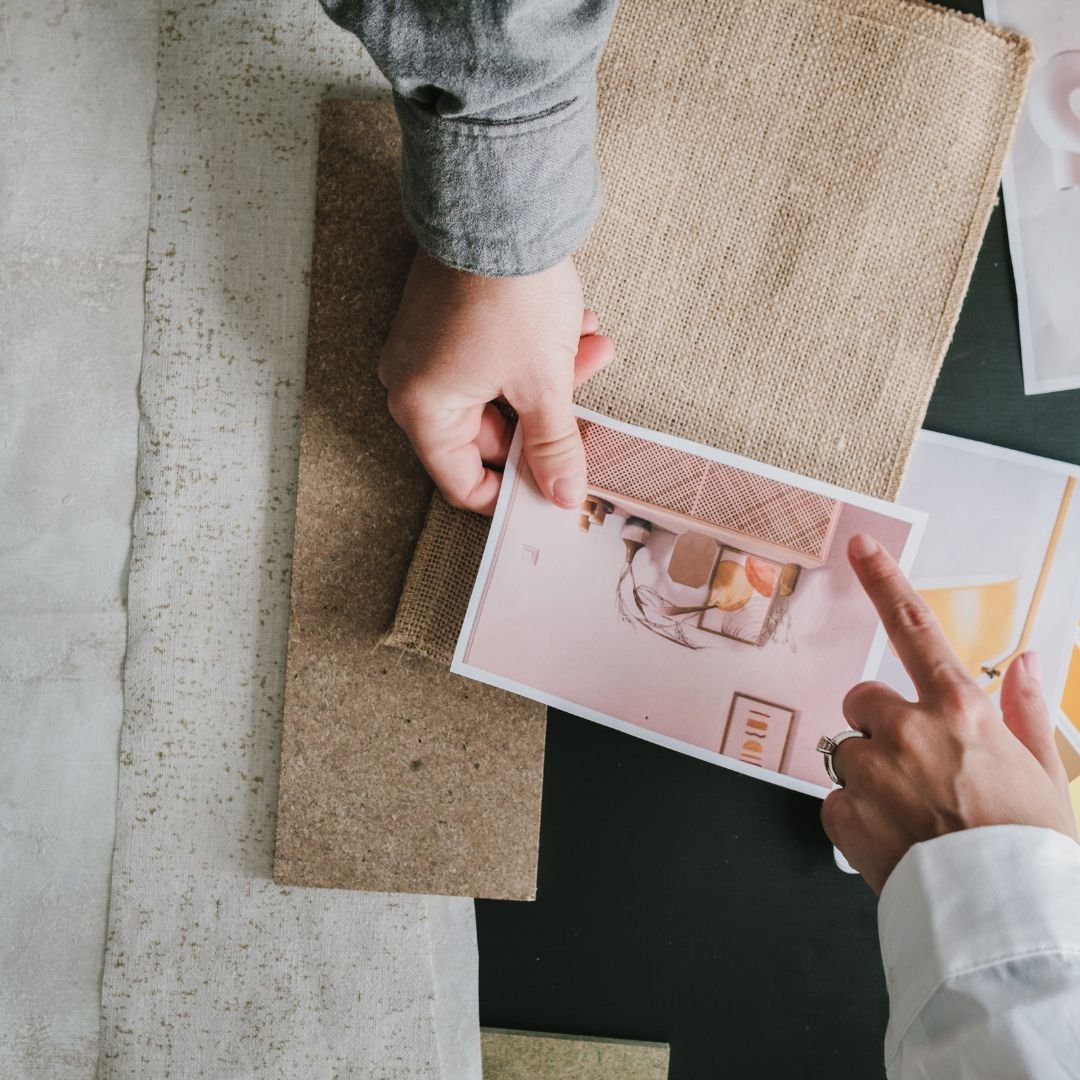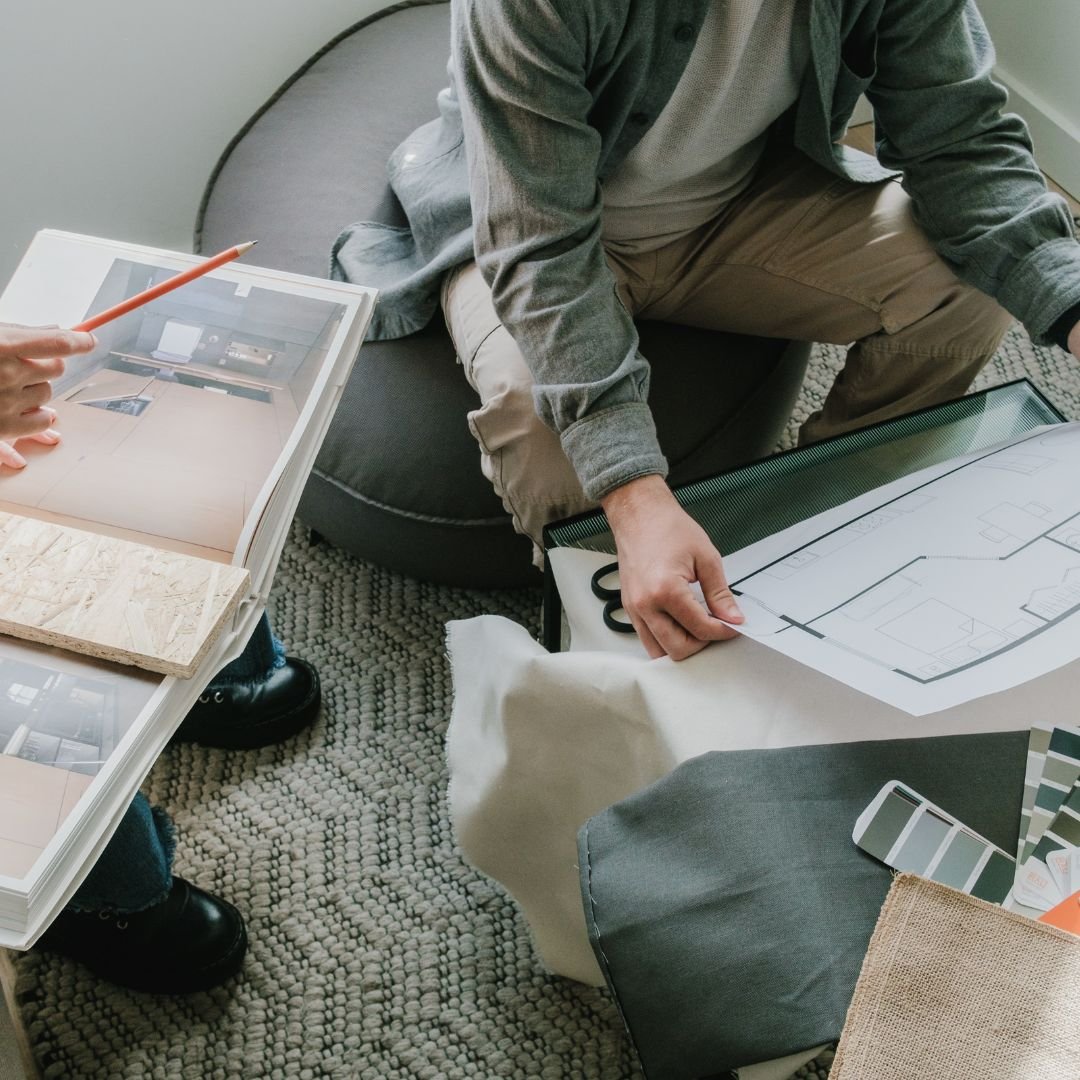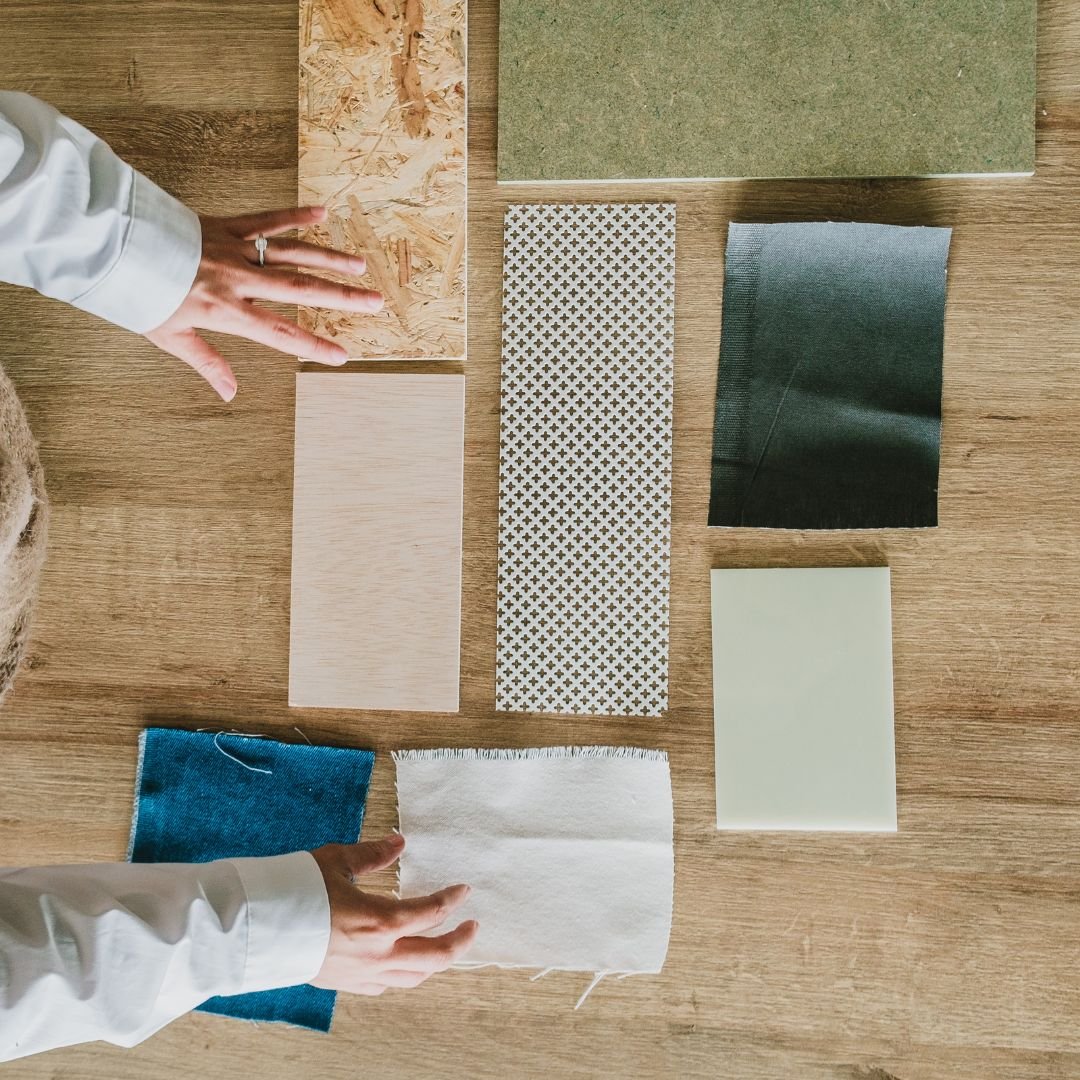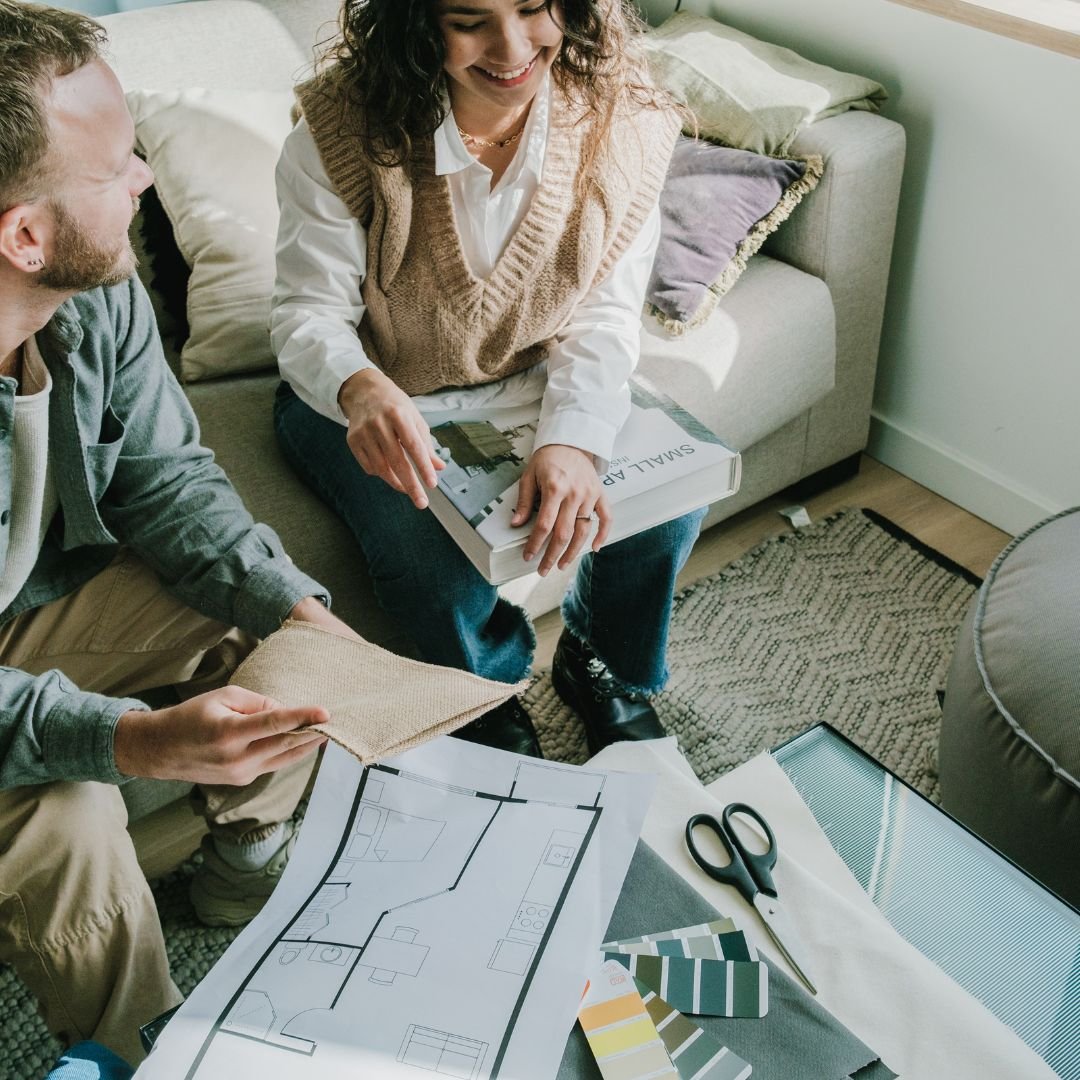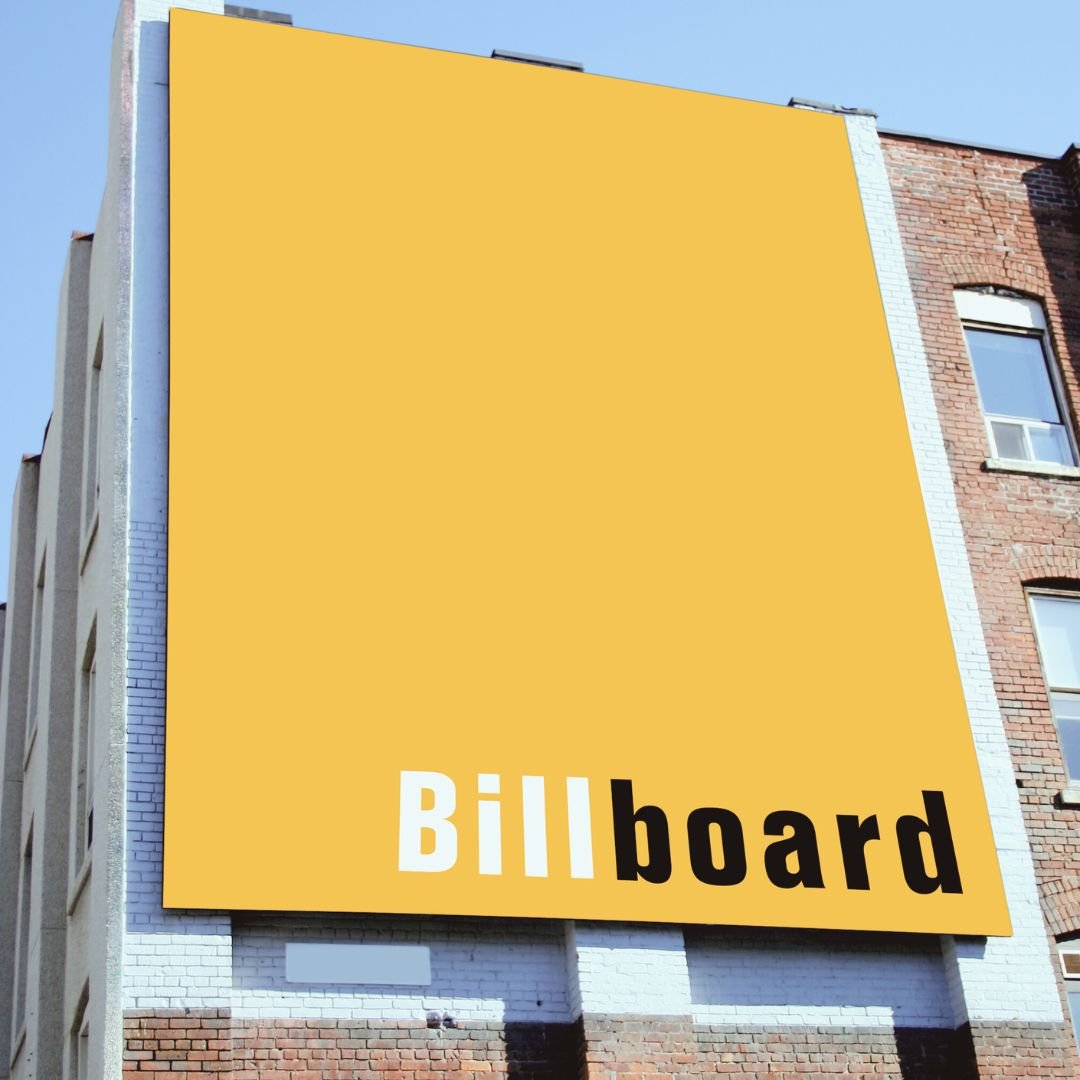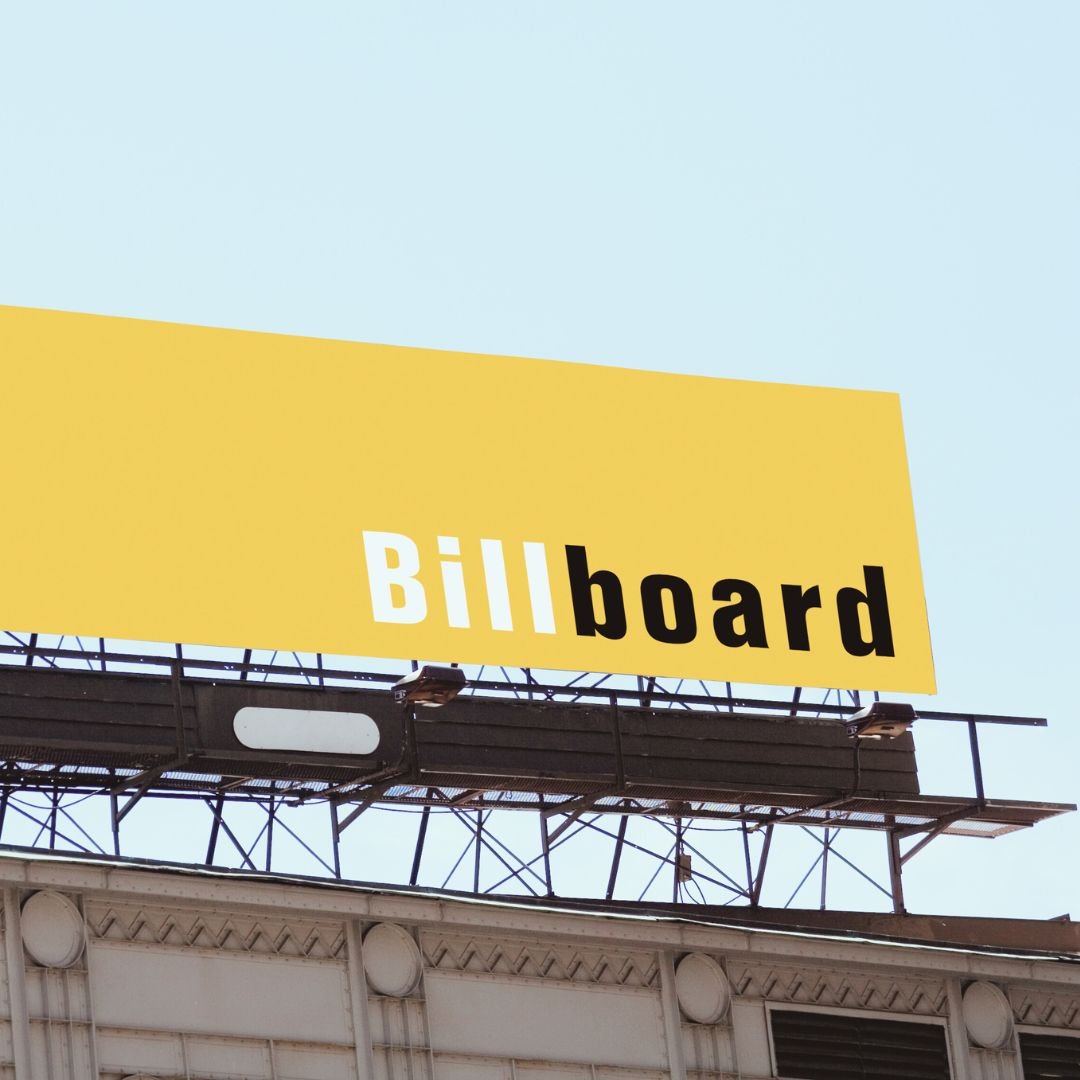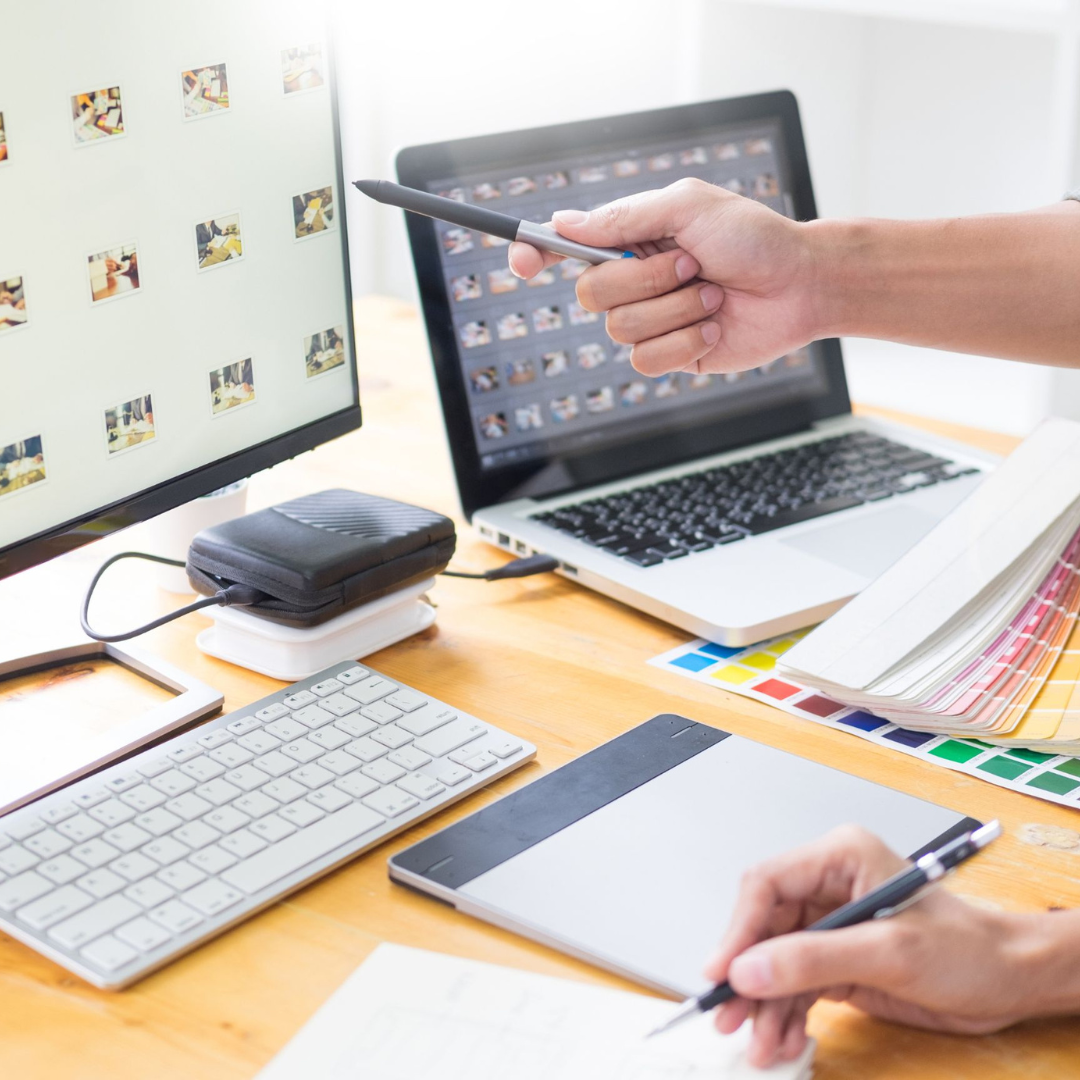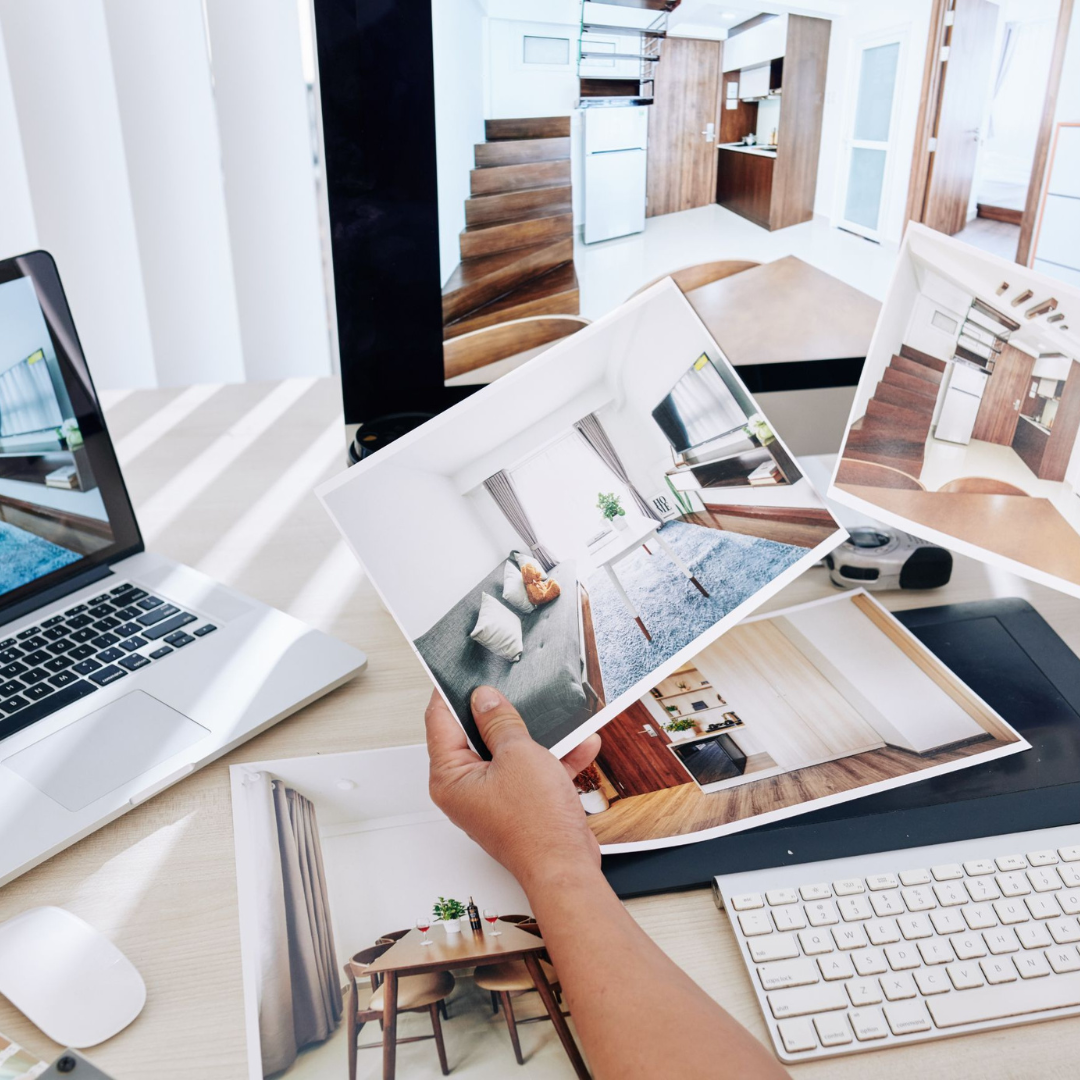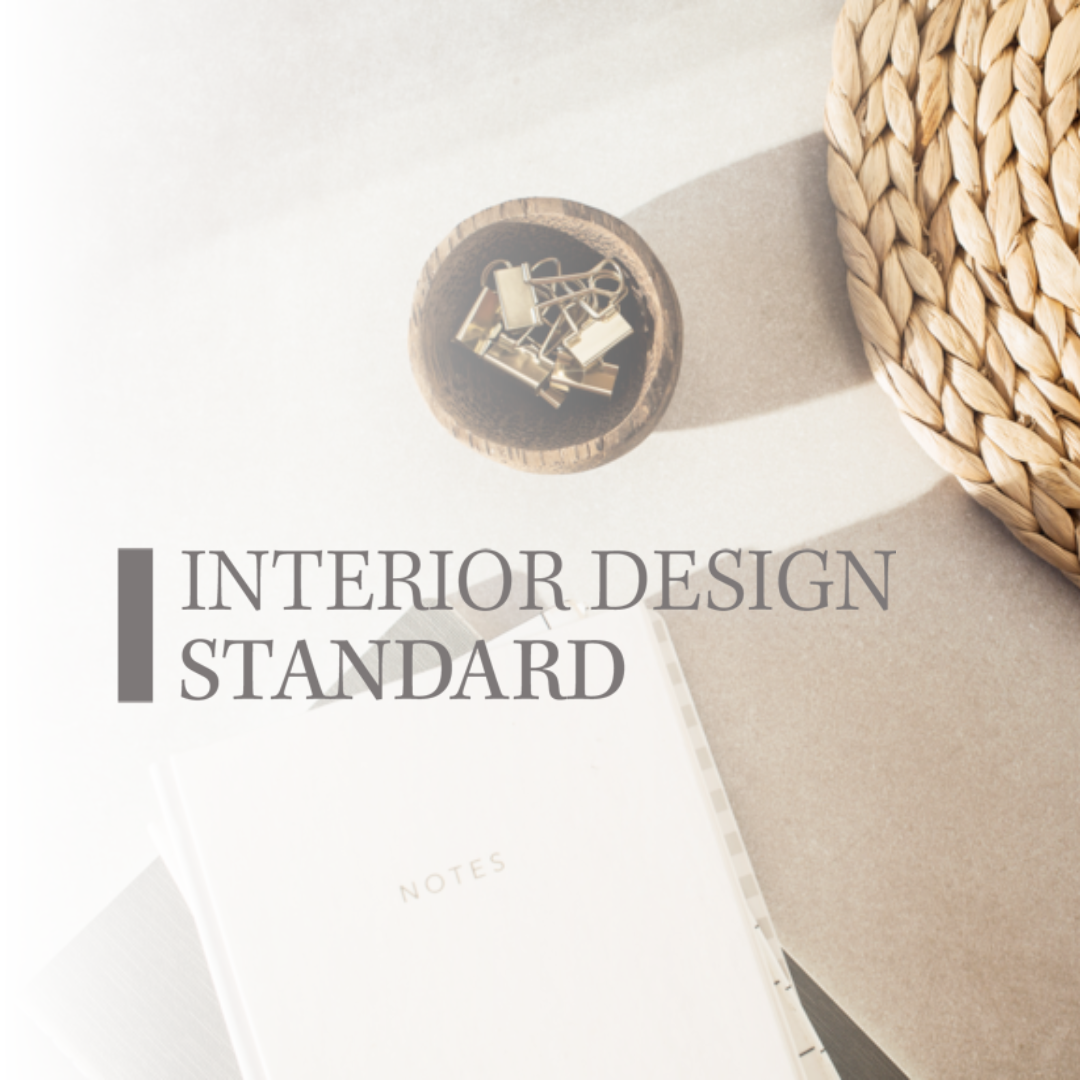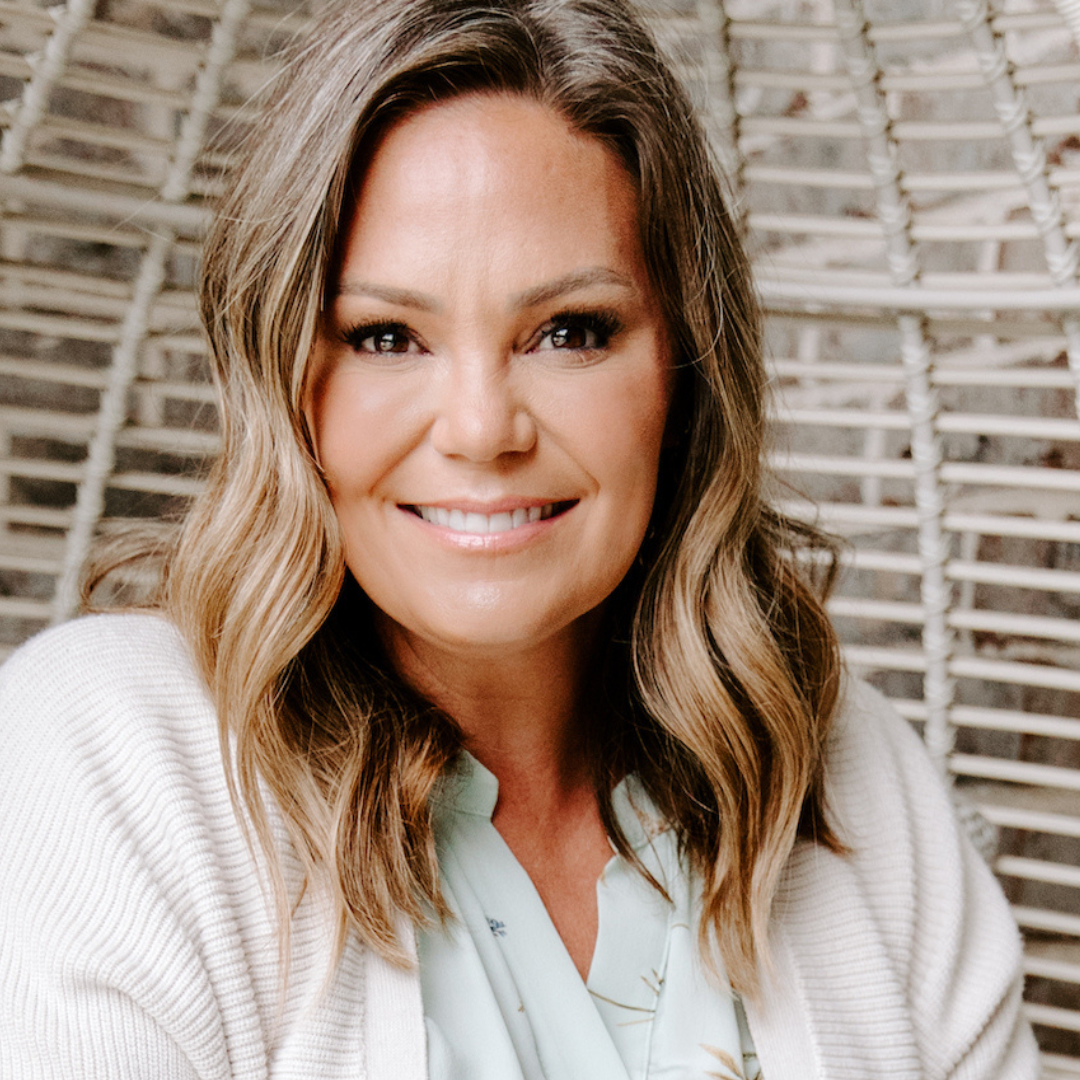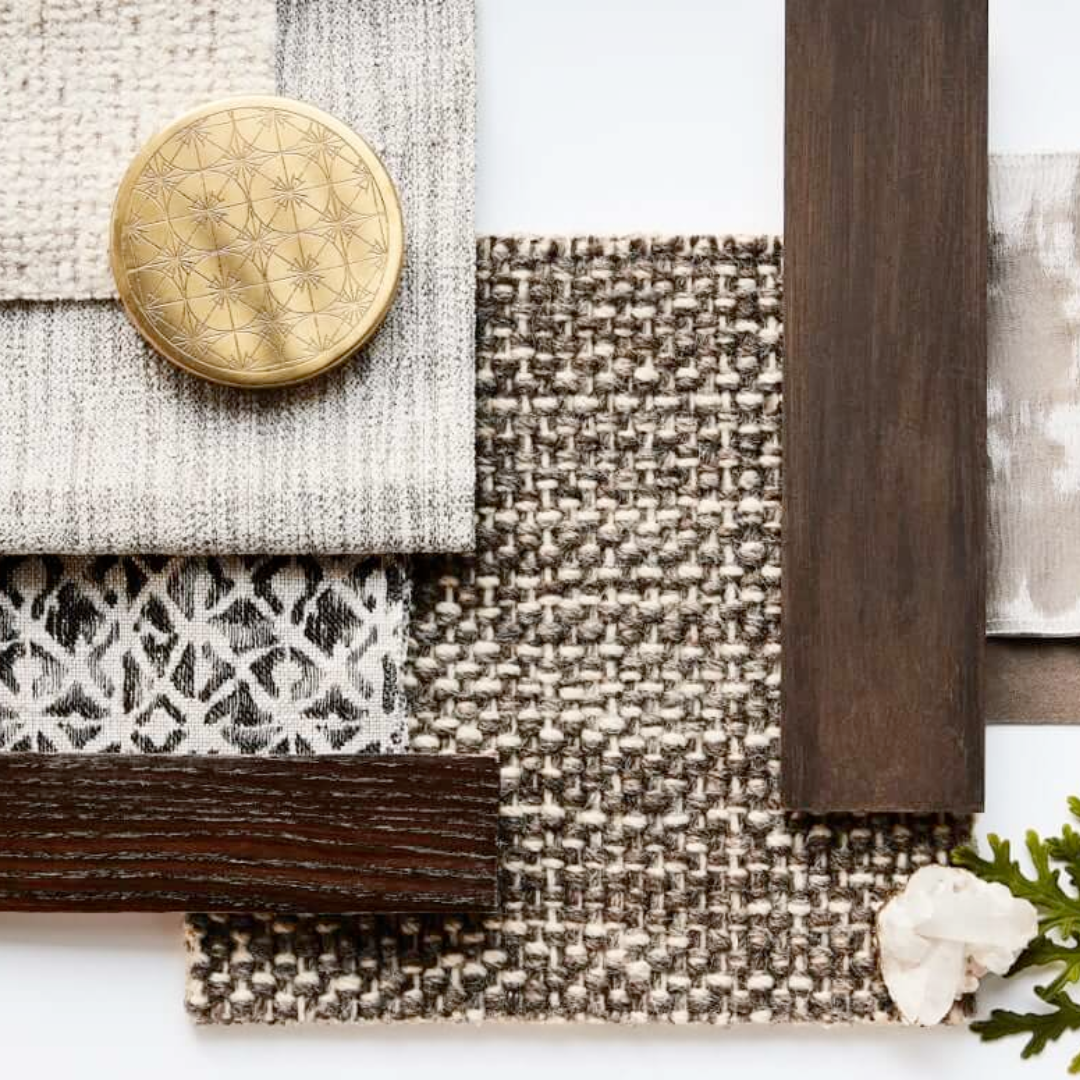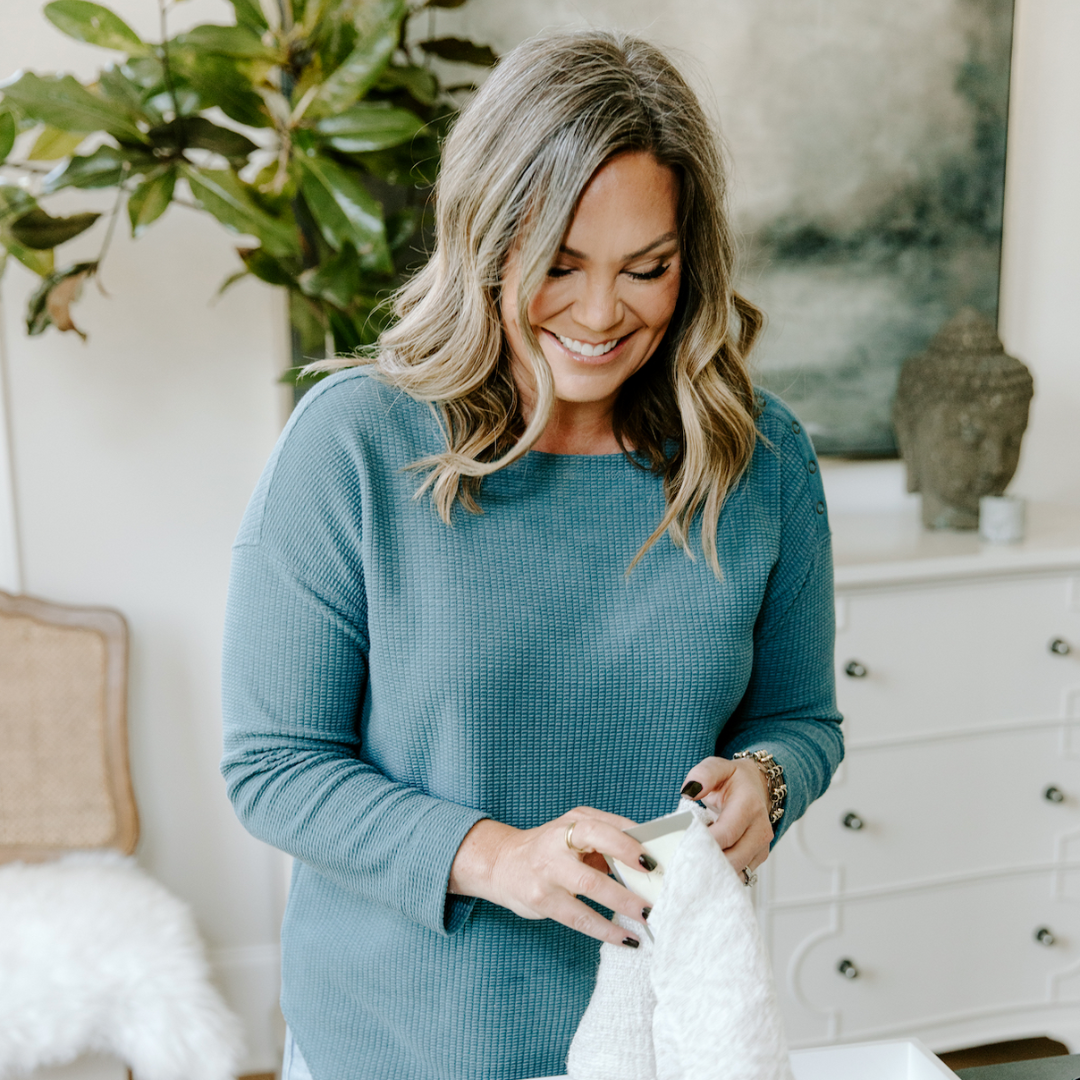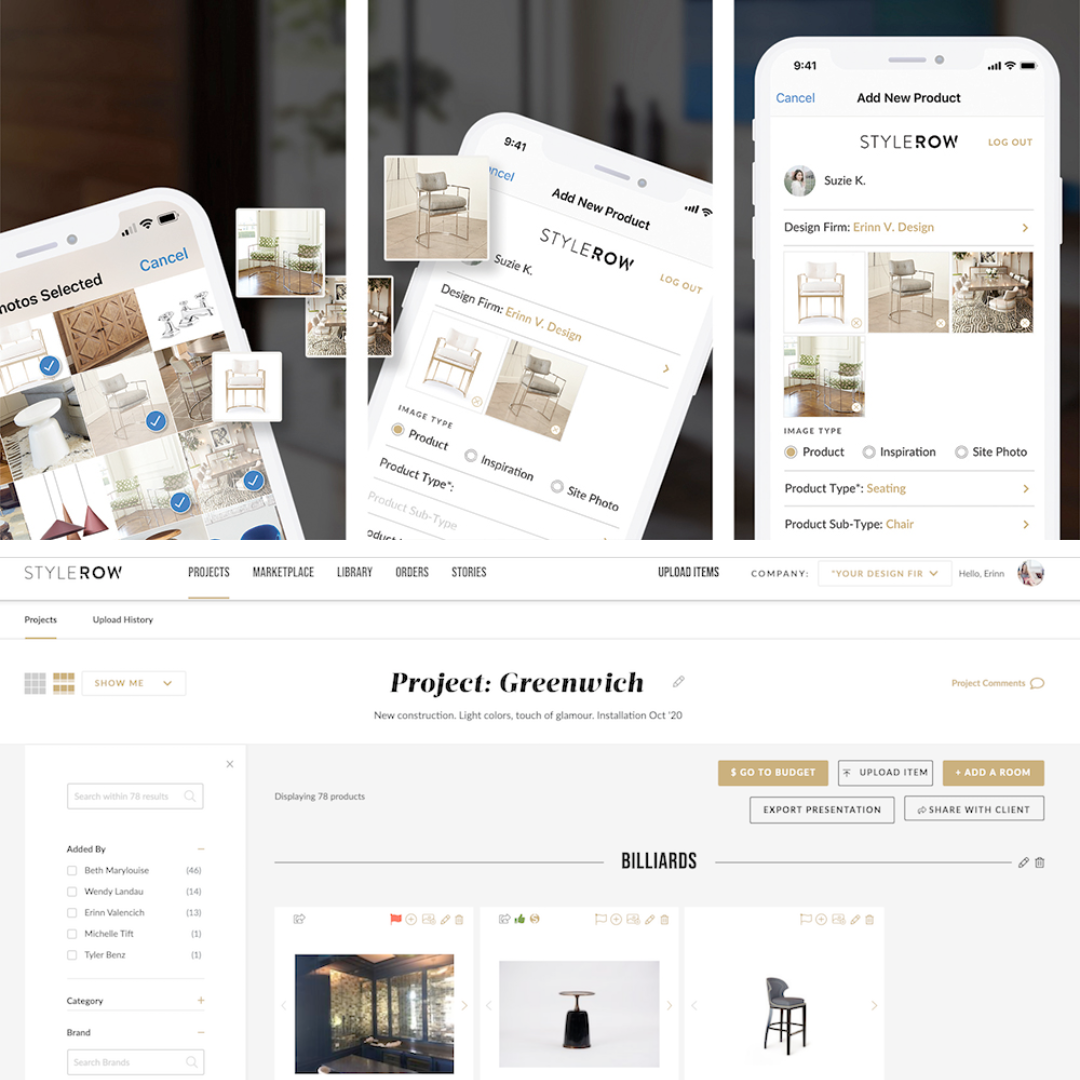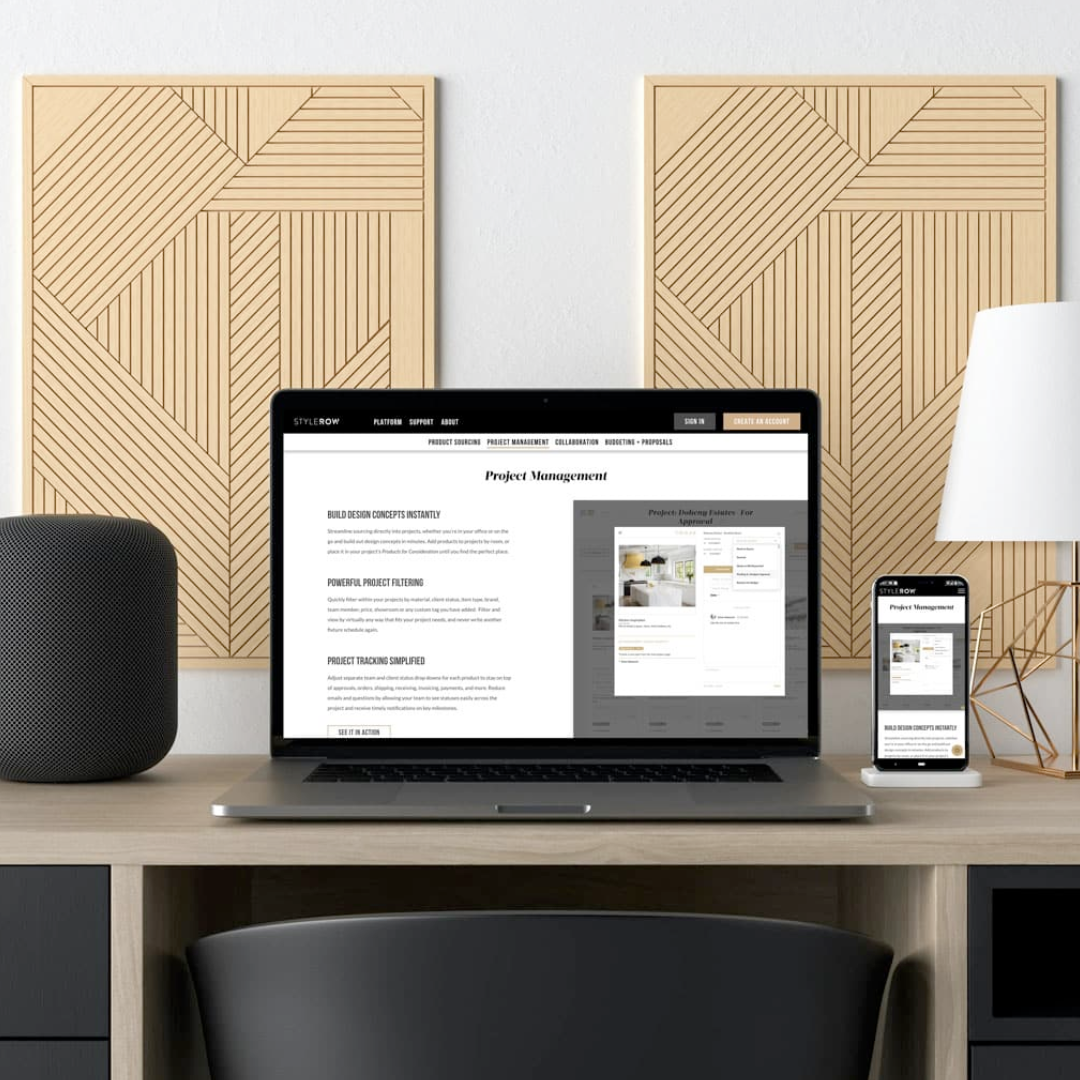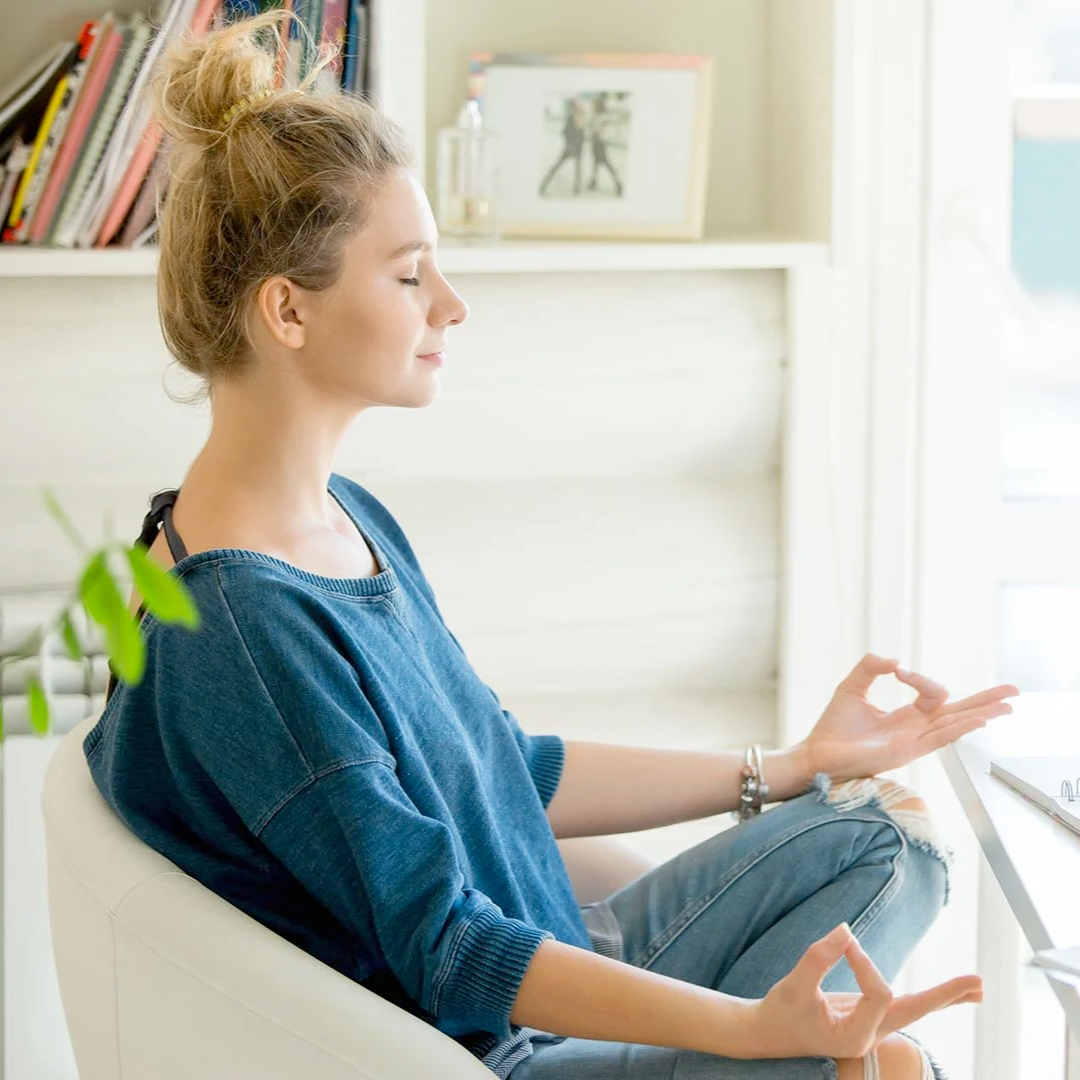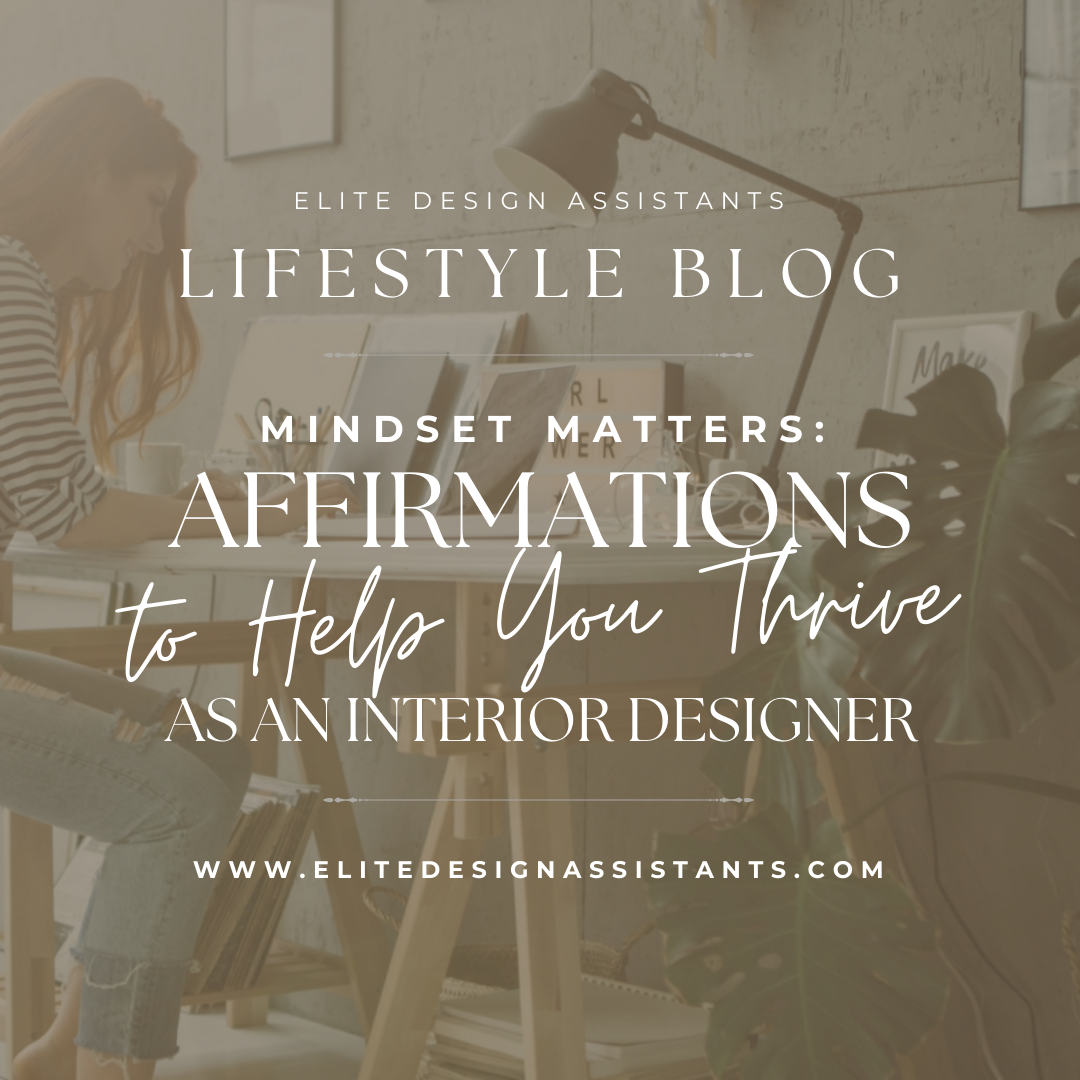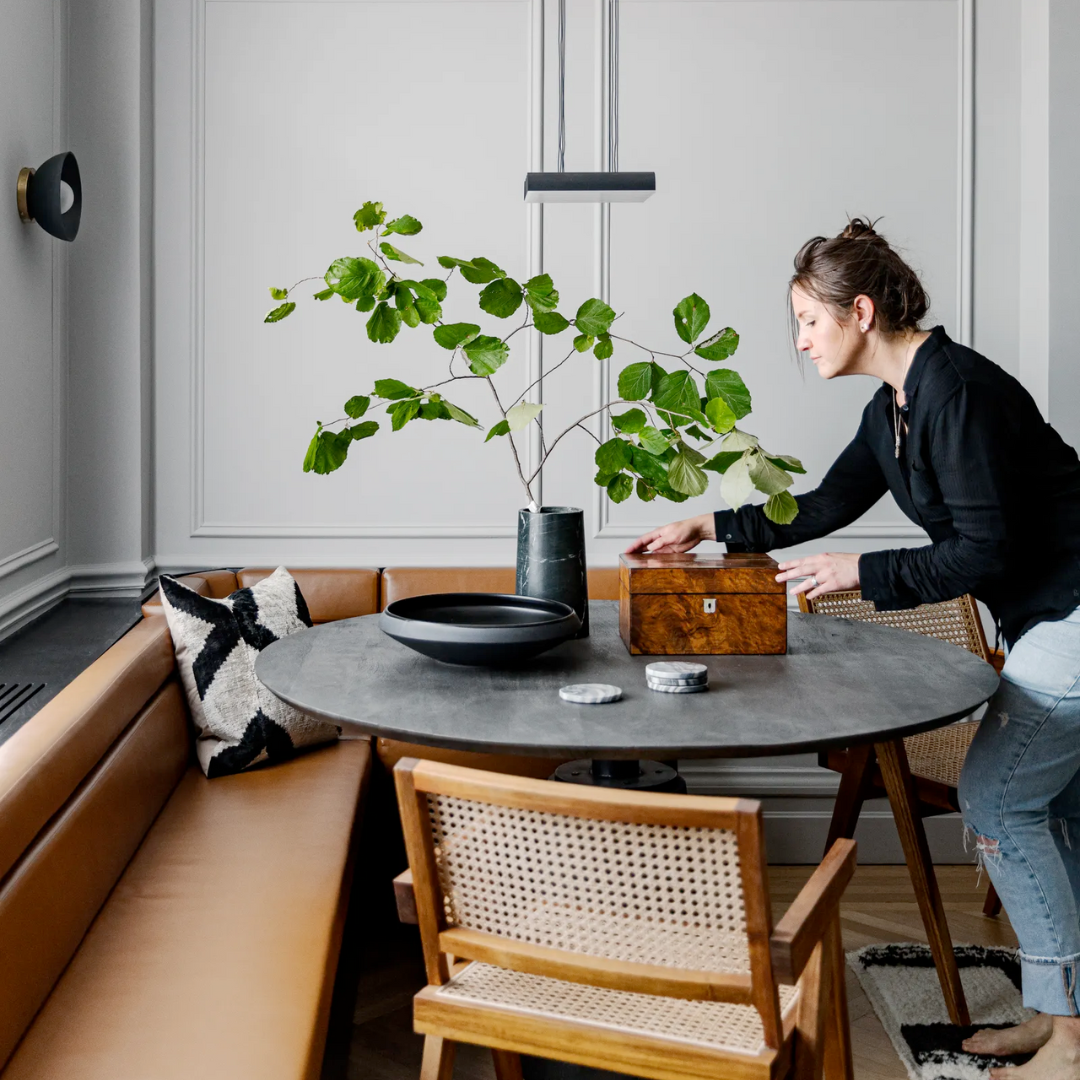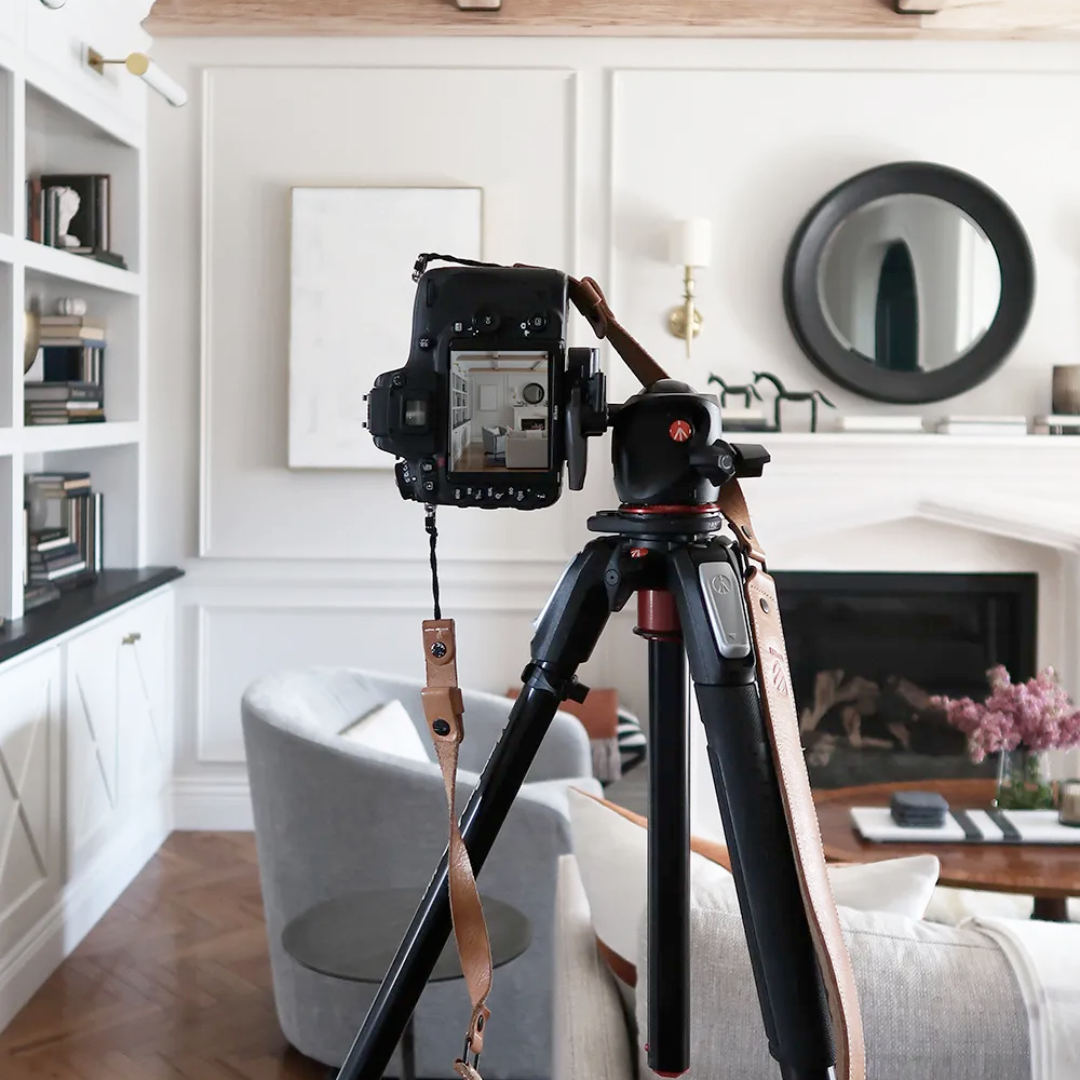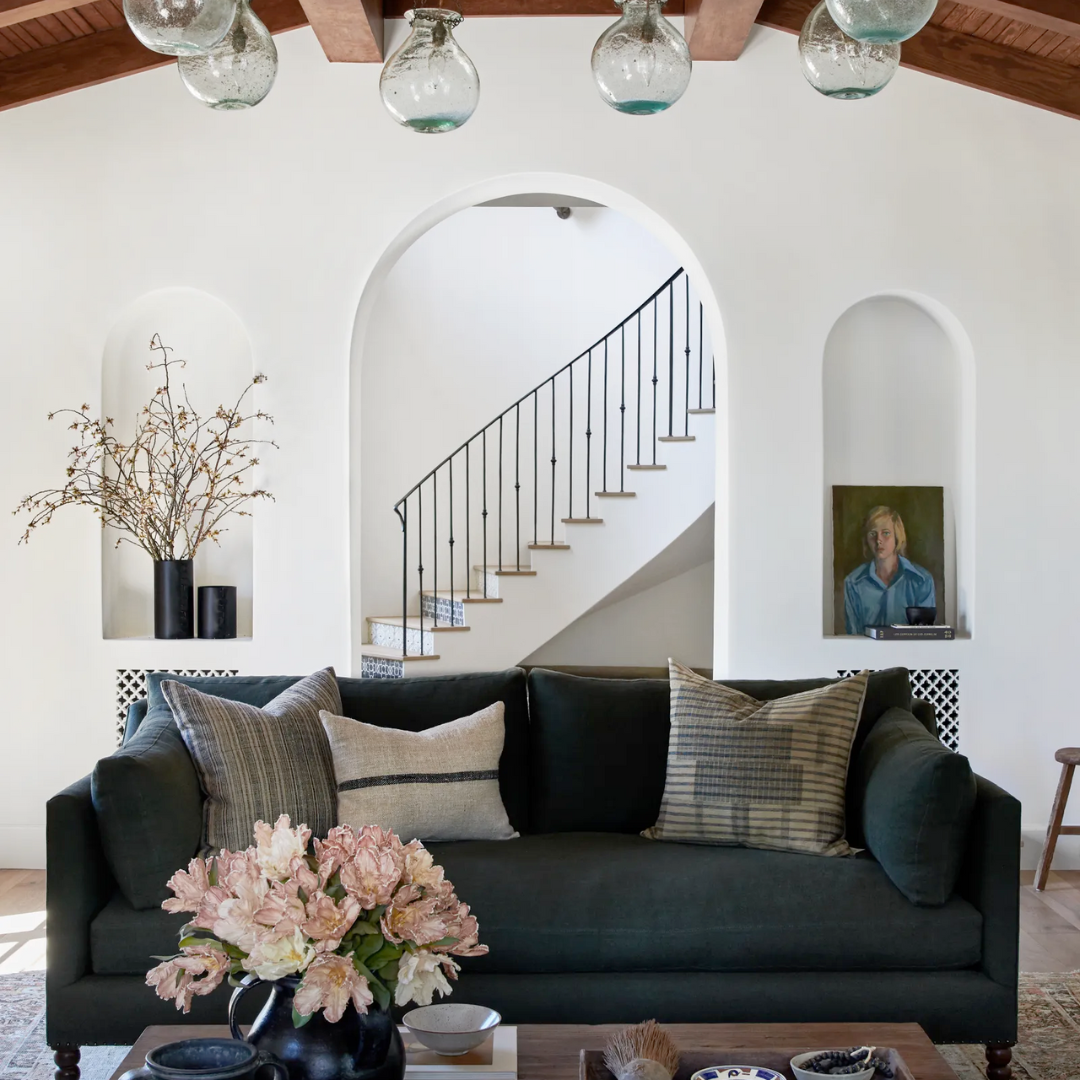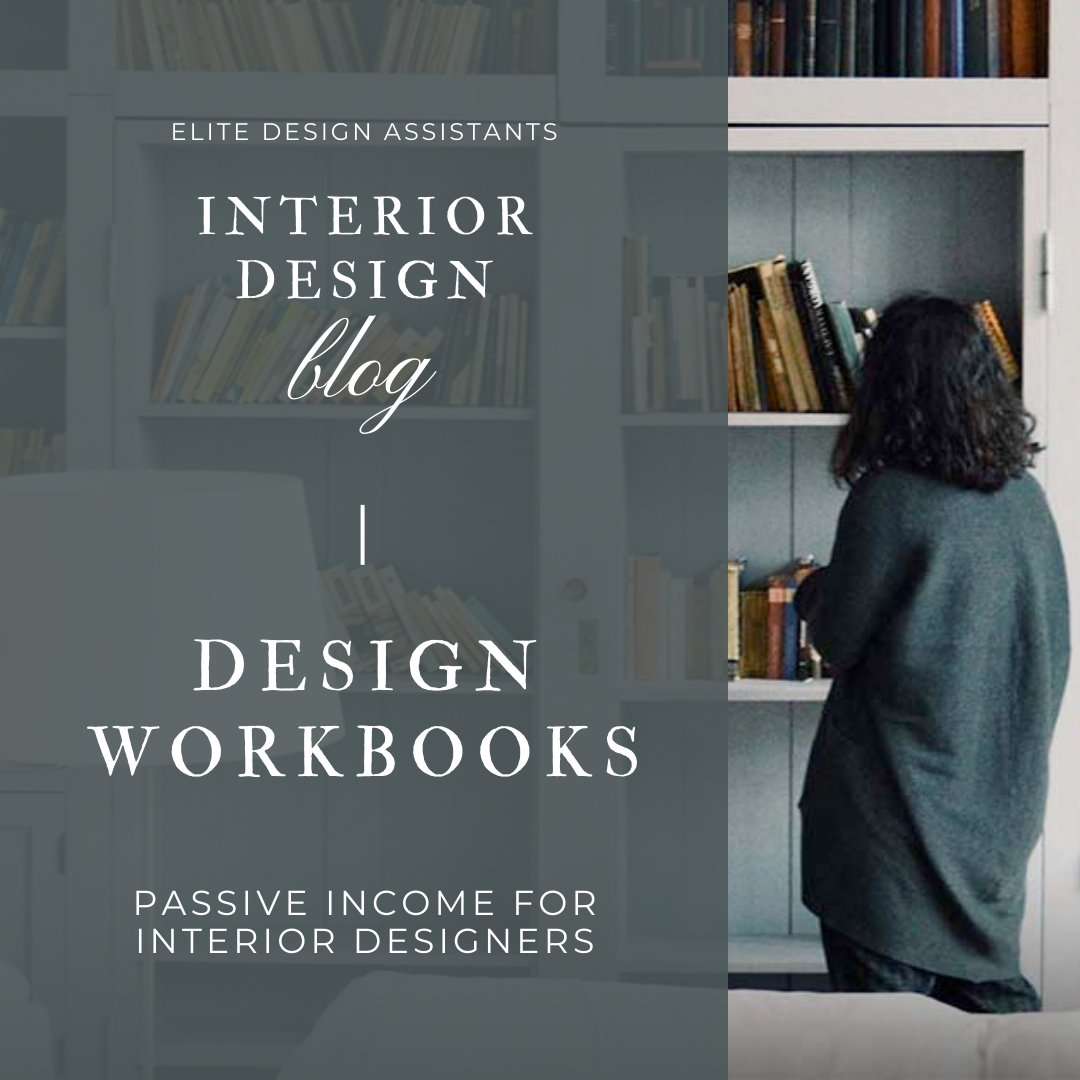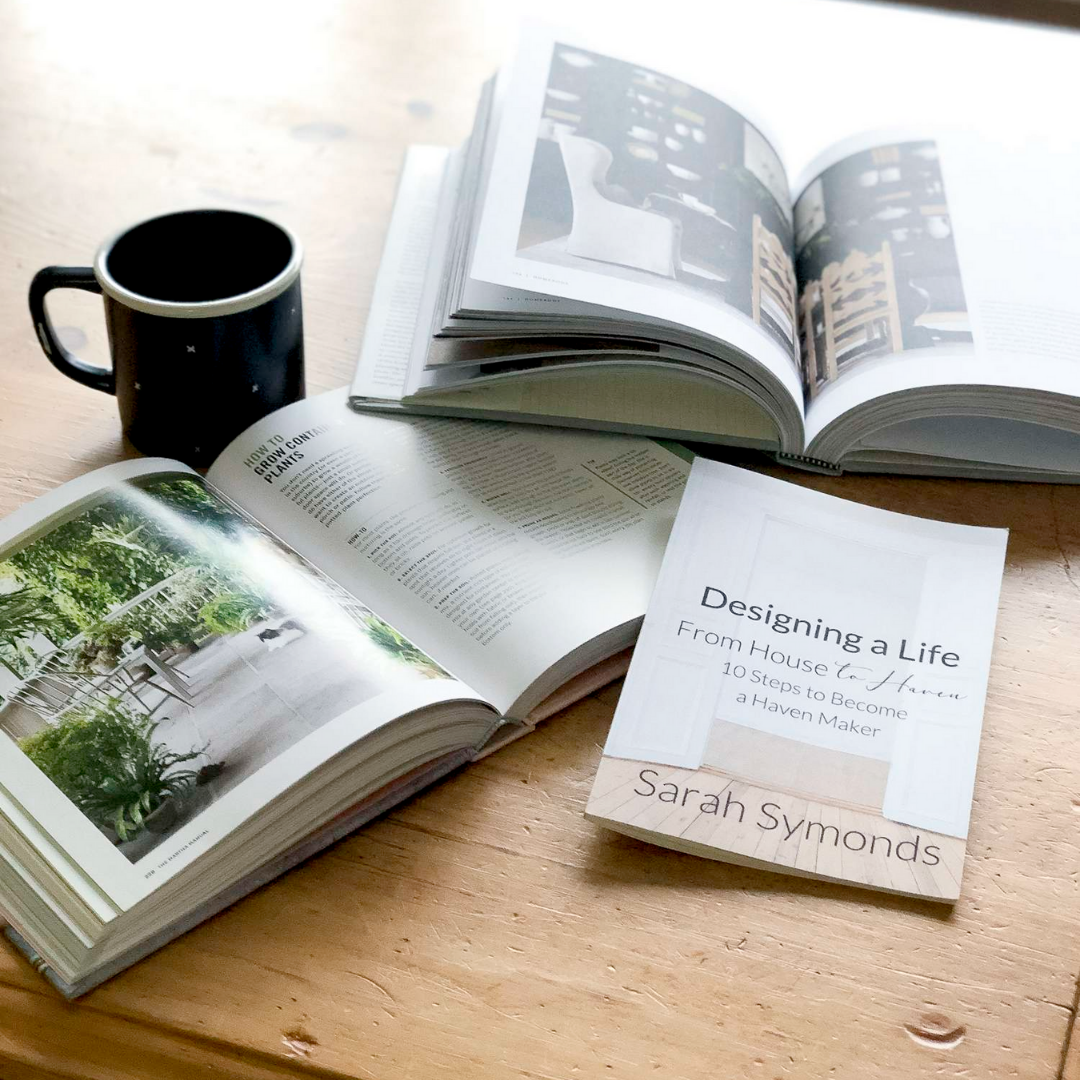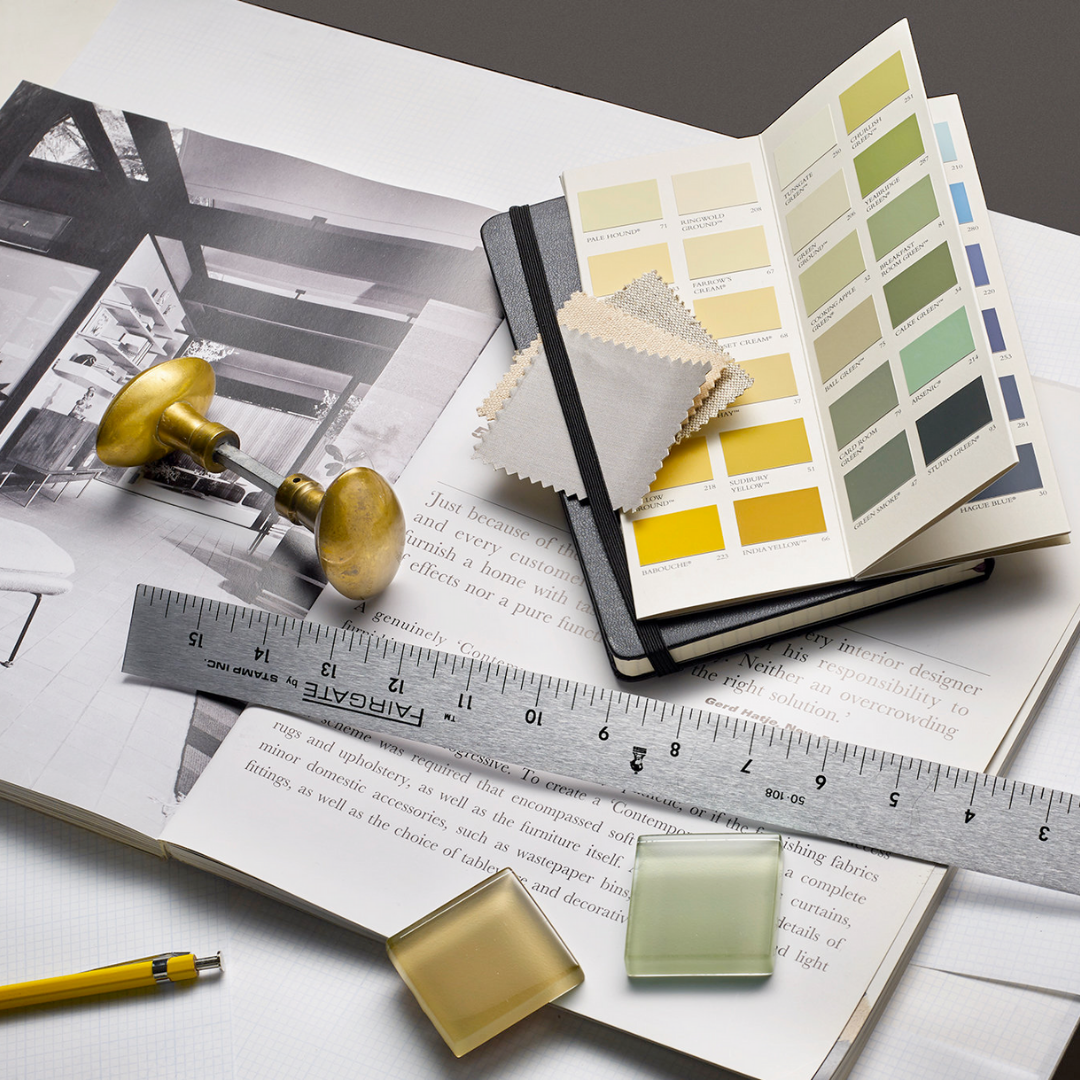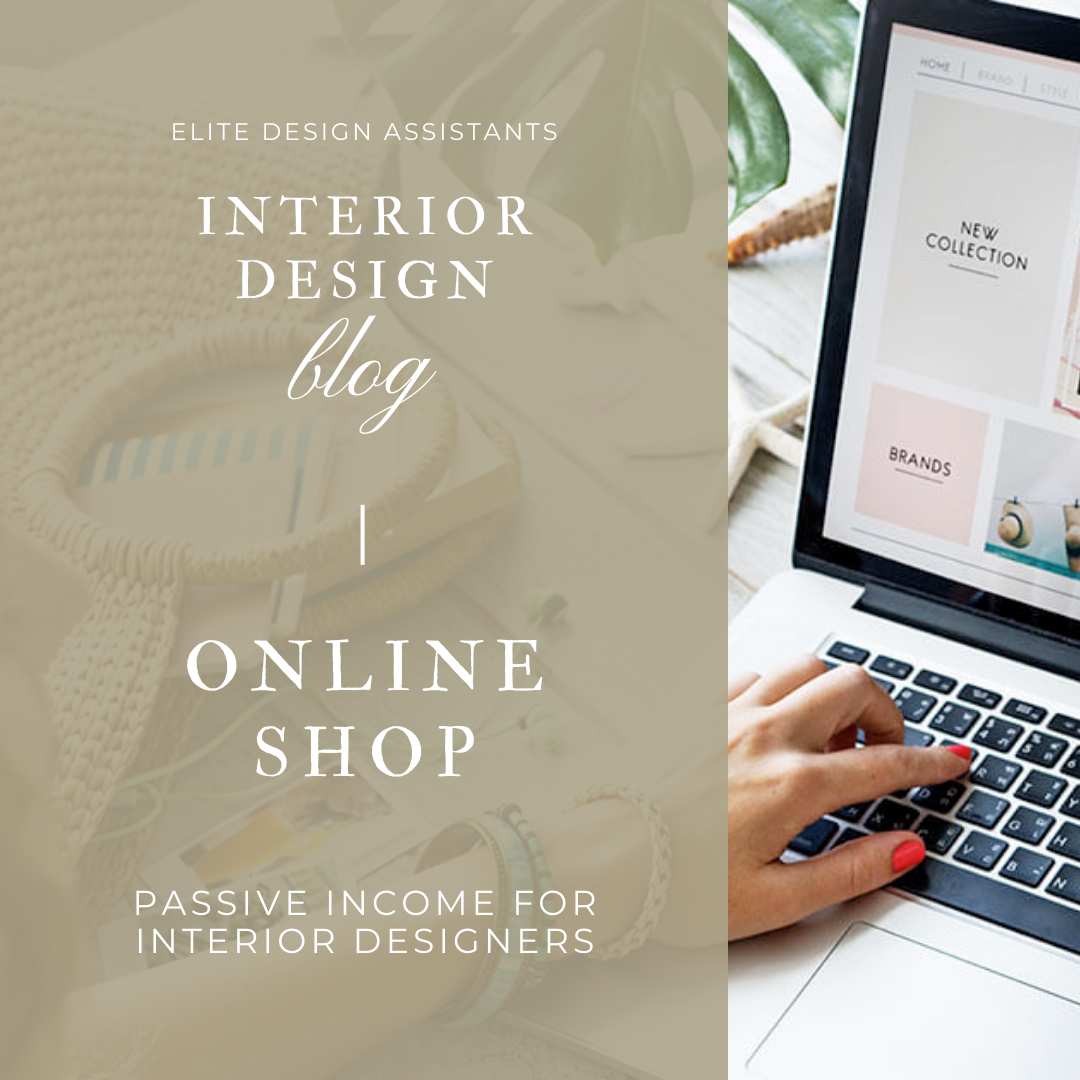If you're not utilizing ChatGPT, you're missing out. AI isn't a passing trend; it's a FREE powerhouse tool that's revolutionizing how we work. Whether you're streamlining administrative tasks, getting creative inspiration, or simplifying client communication or processes, an AI tool like ChatGPT is what every interior designer needs to stay ahead.
Still skeptical? Here's why ChatGPT is your best business partner.
1. Emails, Done Right
Writing emails to clients can eat up a surprising amount of time. But with ChatGPT, you can craft personalized, professional emails in seconds, whether you're dealing with project updates, scope changes, or handling a delicate client situation.
Example: “Can you help me write a polite but firm email to a client requesting design revisions outside the original scope?”
2. Instant Design Feedback
Stuck in a design rut? ChatGPT can quickly suggest fresh perspectives, offer creative tweaks, or even help you come up with new design ideas—whether you’re working on a color palette, furniture layout, or theme.
Example: “How can I incorporate biophilic design elements into a modern kitchen?”
3. Research, Simplified
Endless hours spent researching materials, finishes, and products? ChatGPT can instantly provide options and help you compare pros and cons, saving you a ton of research time and ensuring your choices align with your design goals.
Example: “What are the best eco-friendly flooring options for high-traffic areas?”
4. Social Media Content Without the Hassle
Struggling to keep up with social media? ChatGPT can help you craft compelling posts, create catchy captions, and suggest trending hashtags, making your digital presence both effective and fun.
Example: “Write a catchy caption for a before-and-after of a minimalist living room transformation.”
5. Budgeting Help at Your Fingertips
Need help allocating your project budget without compromising on style? ChatGPT can help you prioritize design elements, find affordable alternatives, and even suggest cost-saving tips for high-end looks on a budget.
Example: “I need help balancing my client’s budget for a full bedroom redesign without sacrificing quality.”
6. Streamline Your Design Proposals
Writing proposals can be time-consuming, but ChatGPT can help you draft clear, professional proposals in no time, making sure you stay on top of client requests and expectations.
Example: “Can you help me create a proposal for a residential renovation with a focus on modern design?”
7. Create Custom Checklists
Stay organized with personalized checklists that help you manage your design projects from start to finish. ChatGPT can generate to-do lists, project timelines, and even room-specific guides to keep your workflow efficient.
Example: “Can you create a checklist for designing a functional home office with a focus on ergonomics?”
8. Simplify Client Communication
Client communication doesn’t need to be complicated. ChatGPT helps you craft responses that are clear, professional, and tactful, making your interactions smoother and more productive.
Example: “How do I communicate to a client that they’re asking for a change that wasn’t part of the original design contract?”
9. Generate SEO-Friendly Content
Want to boost your online visibility? ChatGPT can help you write blog posts, articles, and website content that are optimized for search engines, helping more potential clients find your business.
Example: “Write an SEO-friendly blog post on the top 5 design trends to watch in 2025.”
10. Stay on Top of Trends
Keeping up with design trends is essential for staying relevant. ChatGPT can summarize emerging trends, recommend materials, and help you infuse fresh elements into your designs.
Example: “What are the most popular sustainable design trends for 2025?”
Don’t Fall Behind—Start Using AI Today
ChatGPT is a tool that can change the way you work. It’s a time-saver, a creative partner, and an organizational genius—all wrapped up into one. Still not convinced? Take it for a test drive. The more you use it, the more you'll see its potential.
Plus, AI and ChatGPT prompts are everywhere—on social media, Pinterest, and beyond. Save the ones that resonate with you and keep a collection for easy access. With the right prompts, you can take this tool even further, making it work for your unique design business.
That said, like any AI tool, ChatGPT should be used with a bit of caution. Always proofread what it generates, refine the wording to match your voice, and add a personal touch to keep your communication authentic. AI is powerful, but your expertise is irreplaceable.
Your competition is already embracing AI—don’t let them get too far ahead.
xx, Danae





































